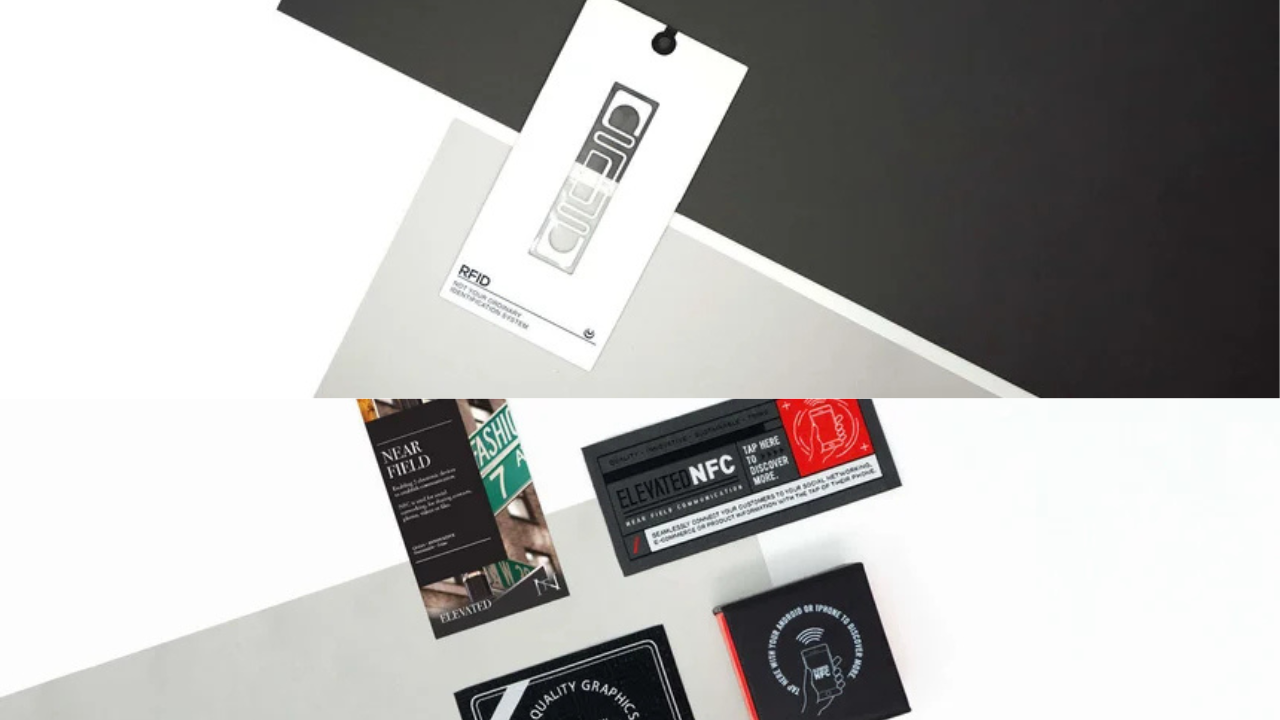For today’s supply chains, visibility is everything. The ability to trace products from origin to shelf and beyond is no longer a luxury; it’s a necessity. That’s where GS1 comes in.
GS1 standards form the invisible infrastructure behind global commerce, powering billions of transactions across 118 countries every single day. Most companies today rely on GS1 standards/barcodes to identify products and structure data.
But GS1 isn’t just about barcodes anymore. With the rise of digital label technologies, GS1 is expanding far beyond product identification. So what are GS1 standards? Why do they matter? And how are they changing?
GS1's core function
GS1 is a non-profit organization that sets and maintains the world’s most widely used supply chain data standards. Central to this system is the Global Trade Item Number (GTIN), a unique GS1 identification key used to identify trade items, products, or services.
GTINs are typically embedded in GS1 barcodes, linking physical products to standardized data formats recognized across major retail and distribution networks. Without GS1 standards, companies would need to create and manage separate ID systems for every trading partner, an approach that is expensive and unsustainable as a business scales.
How GTINs work
Depending on the region, GTIN numbers are 8, 12, 13, or 14 digits long. Regardless of the length, the first group of numbers identifies your company through a registered prefix. The following digits specify the individual product, and the final digits serve as a verification check to prevent scanning errors.
When you register a company prefix with GS1, you gain the ability to create thousands of unique product identifiers that work globally. Each variant of your product (different sizes, colors, or configurations) receives its own GTIN.
Along with item identification, GS1 compliance unlocks opportunities for advanced retail programs, like vendor-managed inventory, automated replenishment, and collaborative forecasting. Additionally, most major retailers require GTINs for basic product acceptance and participation in their most profitable partnership opportunities.
Benefits Include:
- Error Reduction: Standardized identification reduces data errors that cost companies 15-25% of annual revenue.
- Market Access: Direct integration with major retailers and marketplace requirements without custom development.
- Brand Protection: Official GS1 registration prevents counterfeit products from using your identifiers.
Integrating digital labels
As global commerce becomes more connected and data-driven, GS1 is undergoing its biggest transformation yet. One-dimensional barcodes are being phased out in favor of multi-dimensional formats, like 2D barcodes and QR codes, that can store exponentially more data.
GS1’s Sunrise 2027 Initiative is leading this transformation. By 2027, retailers worldwide are expected to support scanning 2D barcodes that contain not just identifiers, but full datasets: manufacturing details, sustainability metrics, ingredient lists, and even links to digital experiences.
When paired with RAIN RFID technology, this shift becomes even more impactful. Companies can enable passive, real-time tracking across their entire supply chain. Products can be monitored in real time without individual scanning, providing unprecedented visibility into inventory movement and status.
For forward-thinking companies, this isn't just about keeping up with technology — it's about gaining competitive advantages. Early adopters of digital labels are creating richer customer experiences, more efficient operations, and stronger compliance capabilities.
Experience the Future at GS1 US Connect 2025
Ready to see how industry leaders are navigating this transformation? Join Charming at GS1 US Connect 2025, happening June 10–12, where 400+ companies and 100+ speakers will explore how businesses can amplify transparency, visibility, and efficiency across their supply chains.
This year’s agenda is packed with:
- Trading partner roundtables
- Networking opportunities
- Hands-on demos of 2D barcodes and RAIN RFID
- Deep dives into data-sharing strategies and retail automation
And while you’re there, be sure to stop by the Charming booth to connect with Tony Ceder and Neil Greenhalgh.
.png)

